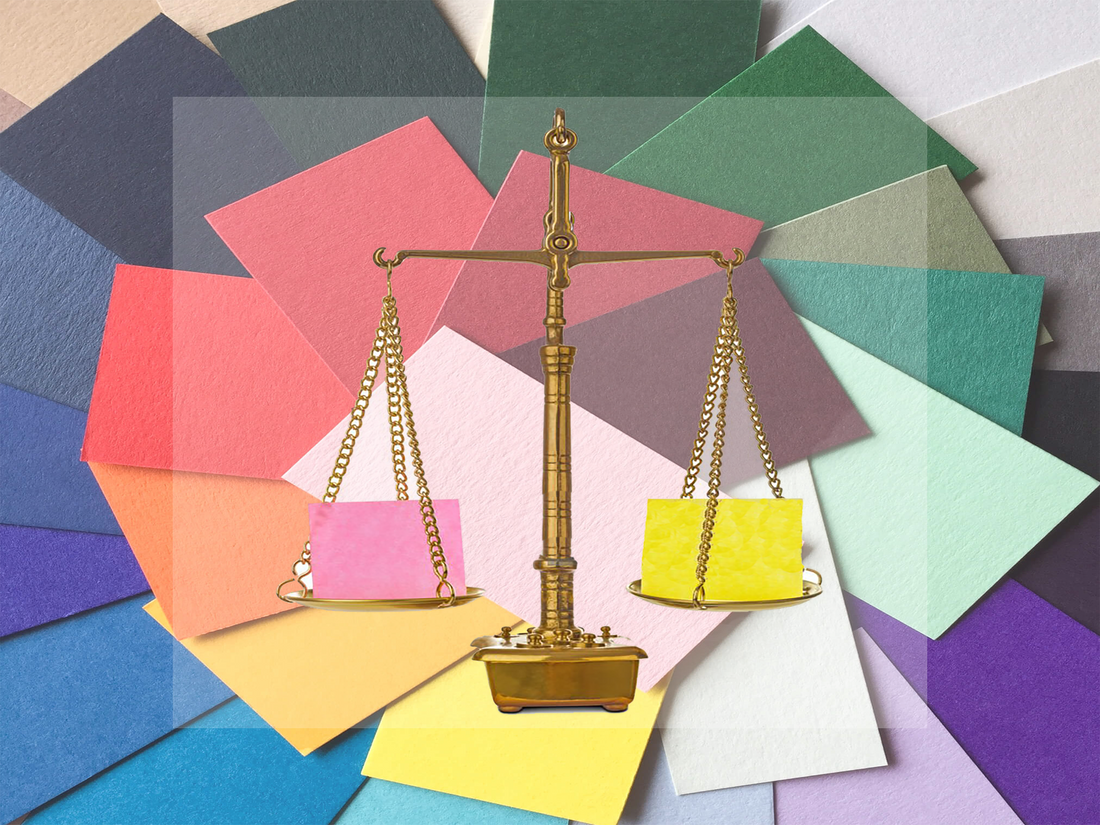Paper weight is the thickness and heaviness of a sheet of paper or cardstock, typically measured in pounds (lb). Understanding different cardstock weights is essential for successful paper crafting because it affects the final product's durability, stability, and overall quality. Additionally, it ensures that the cardstock or paper can withstand various crafting techniques such as cutting, scoring, folding, and embellishing.
Let's explore the fundamentals of cardstock weights that can impact various paper crafting projects!
What You Need To Know About Cardstock Paper Weight
Here are the key concepts you need to know about paper weights:
Paper Weight Measurement
Paper weight is measured in pounds per 500 standard sheets within its paper type. There are many different types of paper, each with it's own basis weight measurement. Common paper types you may find are text, book, index, and cover. The higher the basis weight, the thicker and more durable the paper within it's own paper type. This is important when selecting the correct paper type for printing and paper crafting projects. Paper weight is also measured as GSM or grams per square meter. GSM is a universal measurement that applies across all paper types, making it a better measurement of a paper's weight
An example of the difference in the weight of different paper types can be illustrated by comparing two types of paper, "Text" and "Cover". When comparing an 81 lb. (120 gsm) Text paper to a 65 lb. (175 gsm) cover cardstock, the 81 lb. text paper is actually lighter and thinner than 65 lb. cover cardstock. This is because the basis weight in lbs. for a text sheet is heavier. For a deeper dive into how this is calculated, visit our Paper 101 - Paper Weight Guide.
The following are the main categories of cardstock based on their weight and characteristics:
- Light weight paper: This paper can be compared to pages of a book or regular copy paper. It is very flexible, is easy to manipulate and can be folded without scoring. Light weight paper is printer friendly, but will require the proper printer type depending on it's finish.
- Medium weight paper: This cardstock is substantially thicker than lightweight paper and requires scoring before folding. It resembles a normal greeting card and is often used in invitation and scrapbook layering. It also works well on most home printers suitable for its finish.
- Heavyweight paper: Like a heavy greeting card, this cardstock is sturdy and durable. This makes it suitable for projects like single-panel cards, embossing and business cards. It must be scored before folding and may not print in some home printers due to its thickness.
- Extra-heavyweight Paper: This category includes cardstock like gift box weight or chipboard, often used for packaging or letterpress projects. Printing typically requires professional printers due to their extreme thickness and weight.
Paper Grades and Usage
Different paper grades — including cover and text weights — serve specific purposes due to their unique attributes. Cover-weight paper is known for its thickness and durability, making it ideal for applications requiring sturdy materials like business cards and invitations. Meanwhile, text weight paper is lighter and more flexible. It is suitable for brochures, stationery and letterheads where foldability and printability are crucial.
Cost Considerations
Heavier paper weights typically have higher prices due to the additional materials and manufacturing processes. Therefore, when selecting cardstock for projects, it's important to consider both the desired quality and budget constraints. While heavier paper weights offer enhanced durability and a premium feel, they may not always be necessary for every application.
Practical Tips for Working With Cardstock Paper Weight
Below are tips to help you successfully work with cardstock paper weight:
- Choose the right weight for your project. Consider the specific requirements of your crafting project and select a cardstock weight that aligns with its intended purpose.
- Use a sharp cutting tool. Whether you use scissors, a craft knife, or a die-cutting machine, ensure your cutting tool is sharp and precise. This helps achieve clean and accurate cuts.
- Score before folding. Use a scoring tool to create a precise crease along the fold line before folding the cardstock for crisp, professional-looking folds.
- Experiment with different printing settings. Test parameters such as paper type, print quality, and feed options to produce the best results without jams or smudging.
- Allow for drying time. If using wet media such as ink, paint, or adhesive, allow sufficient drying time between layers to prevent smudging or warping. Patience is key!
- Use adhesives wisely. Opt for strong adhesives such as double-sided tape or liquid glue for heavier weights. This ensures secure and long-lasting bonds without excessive bulk or residue.
- Layer strategically. Experiment with different arrangements to achieve visual interest and dimension while ensuring structural integrity.
Craft Like a Pro With Cardstock Warehouse!
Creativity is sparked by the willingness to experiment, adapt, and explore. So, don't hesitate to push the boundaries and try new things, including trying various cardstock weights. At Cardstock Warehouse, we offer a wide selection of high-quality cardstock in multiple weights, colors, and finishes.
Browse through our extensive catalog and find the perfect materials for your projects.



